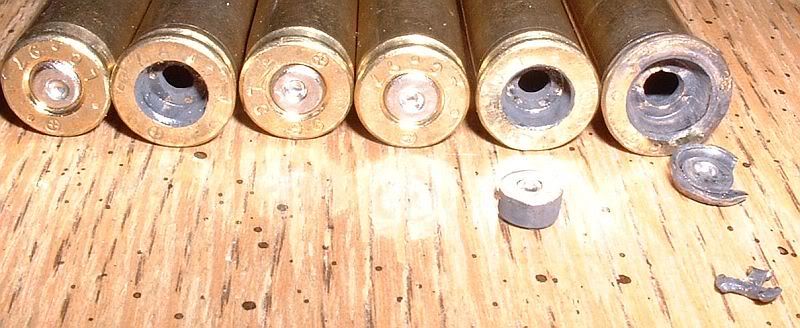P
Phil3
Guest
I am new to reloading, and load development, and would like to know just how much benefit there is to having chronograph. I know they measure velocity, but would like to understand more of what benefit they can provide to the shooter in the development of more accurate loads. I am willing to buy a unit, just want to be sure I am using it to its full potential. I am shooting an AR15, and will be shooting an AR-10, and a 6mmBR, at 100, 300, and 600 yards and am after the best accuracy possible from a bench or prone.
- Phil
- Phil



